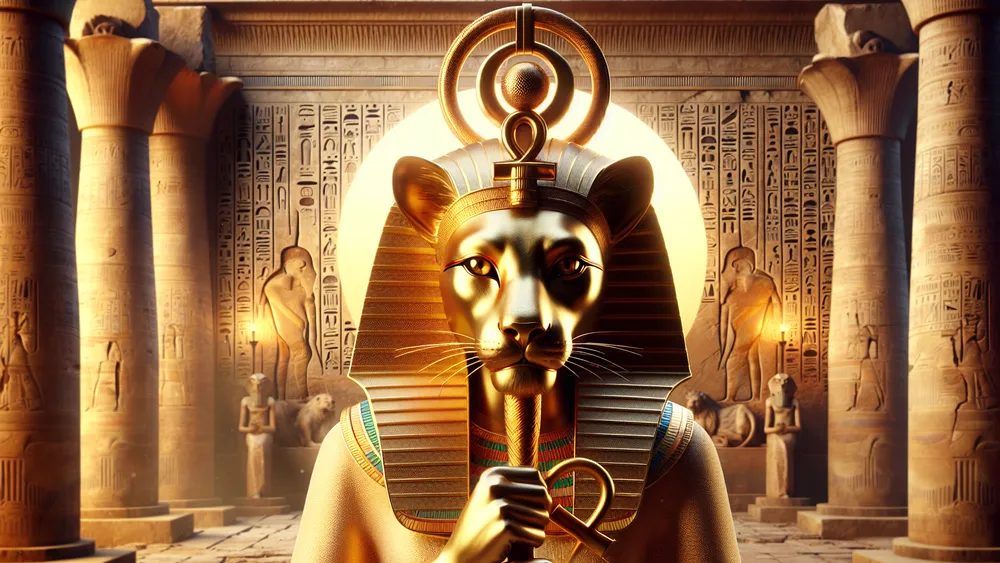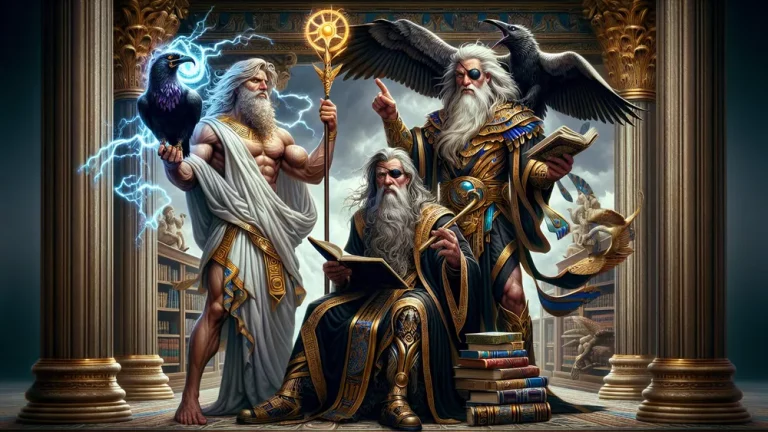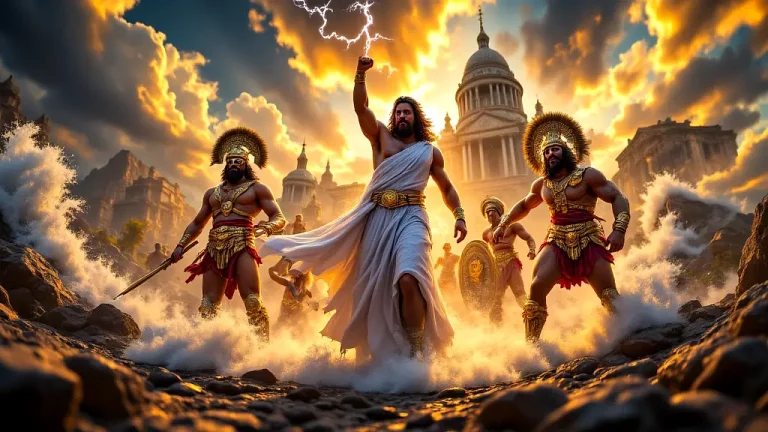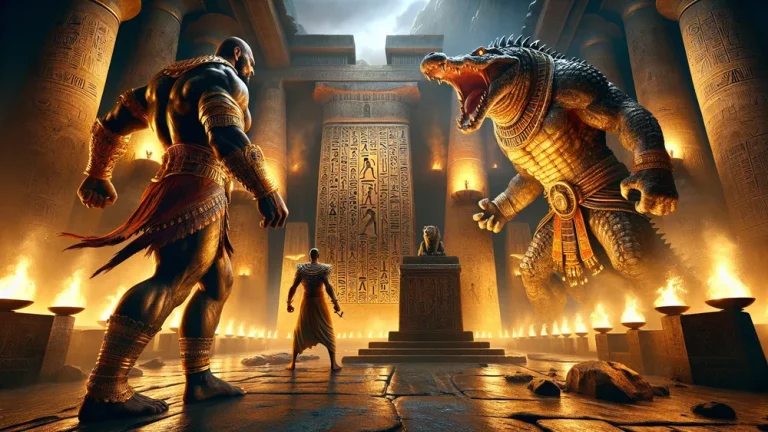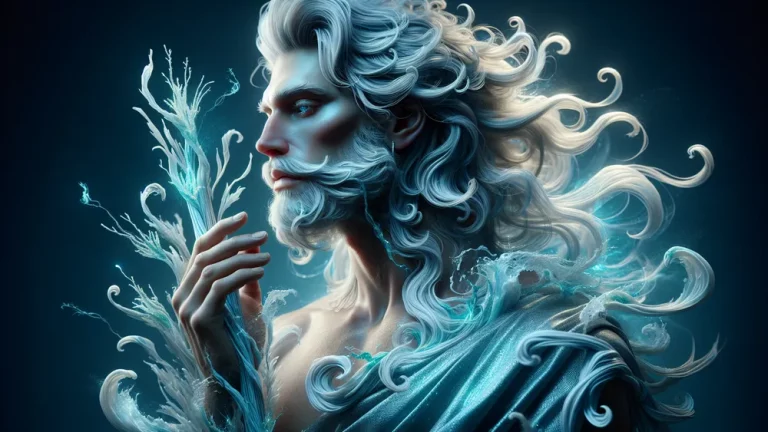Buto: Ancient Egyptian Goddess Of Childbirth
Buto, also called Wadjet, is an ancient Egyptian goddess. She’s all about childbirth, protection, and royal power. People have revered her since the early dynastic times. Her influence is everywhere in Egyptian culture and religion. You often see her as a cobra or a woman with a cobra’s head. This shows her protective side and her link to the Nile Delta.
Key Points:
- Buto, also known as Wadjet, is an ancient Egyptian goddess linked to childbirth, protection, and royal power.
- Buto’s origins trace back to early dynastic times and are prominent in Egyptian culture and religion.
- Early texts like the Pyramid Texts and Coffin Texts portray Buto as a protective deity for pharaohs and in creation myths.
- During the Ptolemaic period, Buto’s role expands to include safeguard for mothers and children, influenced by Greek-Egyptian cultural interactions.
- Buto’s symbolism as a cobra represents protection, divine authority, and ties to the sun god Ra.
- Ancient Egyptian art and iconography often feature Buto as a cobra or a woman with a cobra head, emphasizing her protective role.
- Buto’s influence persists in modern culture through media, literature, and contemporary spiritual practices related to childbirth and protection.
In this post, we’re diving into Buto’s origins, roles, and symbolism. We’re also looking at her lasting impact. It’s all about understanding her place in ancient mythology and how she still matters today.
The Origins of Buto
To get a grip on Buto’s story, we gotta look at her earliest mentions and see how her role changes over time. So, let’s dive into those ancient texts and different historical periods that shape her story.
Early Mentions in Texts
You can find the first mentions of Buto, also called Wadjet, way back in ancient Egyptian texts from the Predynastic Period (around 3100 BCE). She pops up a lot in the Pyramid Texts, which are some of the oldest religious writings out there. These texts talk about her as a protective goddess who looks after the pharaohs and helps them get to the afterlife safely.
Then, there are the Coffin Texts. They call on Buto for protection and guidance. And don’t forget the Shabaka Stone. This important artifact from the 25th Dynasty mentions Buto in stories about creation and royal legitimacy. So, these early texts really show how Buto is a guardian and protector, especially in religious and royal settings.

- Pyramid Texts: Oldest religious texts mentioning Buto.
- Coffin Texts: Invocations for protection and guidance.
- Shabaka Stone: Mentions Buto in creation myths and royal legitimacy.
Buto is prominently featured in ancient Egyptian religious and royal texts as a protective deity for pharaohs and a key figure in creation myths and royal legitimacy narratives.
Buto in the Ptolemaics
So, during the Ptolemaics, Buto’s role and how people saw her really changed. You know, it was a time when Greek and Egyptian cultures mixed a lot. She often gets linked with the Greek goddess Leto, who also looks out for moms and kids. In temple reliefs and inscriptions, you see Buto more often now. She appears as a cobra or sometimes a woman with a cobra head, showing her protective side.
Before, she mainly guarded the pharaohs, but now, she also looks after regular folks, especially moms and their children. This change shows how Buto’s image adapts to fit the new religious scene of the time.

- Temple Reliefs: Depictions of Buto as a cobra or a woman with a cobra head.
- Syncretism: Association with Greek goddess Leto.
- Expanded Role: Protection extended to mothers and children.
Buto’s Role and Symbolism
To really get Buto, you gotta look at how her role and image change over time. Her story is super interesting. So, let’s dive into her protective side and what she stands for.
Protector of Pharaohs and Deities
Buto, also called Wadjet, is super important as a protector of pharaohs in ancient Egyptian mythology. She usually shows up as a cobra, which really highlights her fierce protective side. Pharaohs wear the Uraeus on their crowns, which is basically a symbol of Buto, to show she’s watching over them. This symbol is believed to give them divine protection and make their rule legit.
Buto also connects with other gods; she’s tight with the goddess Isis and the god Horus. In stories, Buto protects Horus when he’s a baby from the angry god Set, showing she guards not just rulers but other gods too.
Her protective role goes beyond just physical safety; it’s also about keeping the divine order and making sure the kingdom stays stable.
- Uraeus Symbol: Worn on pharaohs’ crowns for protection.
- Association with Isis and Horus: Protected Horus from Set.
- Divine Order: Ensured stability and legitimacy of the kingdom.
Buto, known as Wadjet, plays a crucial role in safeguard the pharaohs and maintaining order in ancient Egyptian mythology through her protective nature and connections with other deities.
Symbolism of the Cobra
So, in ancient Egypt, the cobra is a big deal. It’s not just any snake; it’s a symbol of protection, royalty, and divine power. You see it a lot as the Uraeus, that rearing serpent on pharaohs’ crowns. This shows they have the gods’ backing and are meant to rule. Buto, who’s often shown as a cobra, really nails this protective vibe.
She’s like the ultimate guardian, keeping pharaohs and Egypt safe from harm. The cobra can strike fast and deadly, which makes it a perfect symbol for defense. Plus, it’s linked to Ra, the sun god, which adds even more divine protection. So, when you see Buto as a cobra, it’s all about her fierce role in keeping everything safe and sound.

| Symbol | Meaning | Example |
|---|---|---|
| Uraeus | Protection and Royalty | Worn on pharaohs’ crowns |
| Cobra | Divine Authority | Associated with Buto and Ra |
| Rearing Serpent | Defense Against Enemies | Depictions in temple reliefs |
Buto in Art and Iconography
So, when you get Buto’s protective role and all that symbolism, it really helps you see how she shows up in ancient Egyptian art and iconography.
Statues and Reliefs
In ancient Egyptian art, you often see Buto as a cobra or a woman with a cobra head. This shows her protective nature. You find these depictions in temple reliefs and statues. She’s usually next to other deities or pharaohs, which really highlights her role as a guardian. For example, the Temple of Horus at Edfu has reliefs where Buto protects the young Horus.
And then there’s the Temple of Kom Ombo, with statues that show her importance during the Ptolemaics period. These artistic pieces don’t just show her divine powers but also how important she was in ancient Egyptian culture.
- Temple of Horus at Edfu: Features reliefs of Buto protecting Horus.
- Temple of Kom Ombo: Contains statues depicting Buto’s significance during the Ptolemaics.
- Cobra Head Depictions: Common in various temple reliefs and statues.
- Guardian Role: Often shown alongside pharaohs and other deities.
Amulets and Symbols
In ancient Egypt, amulets and symbols tied to Buto are super important. You often see the cobra-shaped amulet. People wear it to get Buto’s protection from evil. Then there’s the Uraeus, which is a rearing cobra on the pharaoh’s crown. It stands for royal power and divine protection. Also, the Wedjat eye, or Eye of Horus, sometimes links to Buto because she protects Horus.
These symbols aren’t just for wearing. They show up in funerary practices too, making sure the dead stay safe in the afterlife.

- Cobra-shaped Amulet: Worn for protection against evil.
- Uraeus: Symbol of royal authority and divine protection.
- Wedjat Eye: Linked to Buto through her protective role over Horus.
- Funerary Practices: Used to safeguard the deceased in the afterlife.
Amulets and symbols linked to Buto in ancient Egypt play a crucial role in offering protection and divine safeguard for both the living and the deceased.
Pantheon of All the Egyptian Mythology Gods
The ancient Egyptian pantheon? It’s huge. There are tons of gods and goddesses, each with their own special thing. Want to know more? Check out this list of all the Egyptian gods. It’s got all the details on the big ones they worshipped back then.
FAQs
1. Who was Buto in ancient Egyptian mythology?
So, in ancient Egyptian mythology, Buto is this goddess who’s all about childbirth, protection, and yeah, the royal cobra too.
2. What symbols are associated with Buto?
You know, Buto has some pretty cool symbols. There’s the cobra, which is a big one. Then, you have the papyrus plant. Oh, and don’t forget the red crown of Lower Egypt.
3. How was Buto depicted in ancient Egyptian art?
You usually see Buto in ancient Egyptian art as a cobra or sometimes as a woman with a cobra head. Pretty cool, right?
4. Is Buto worshipped in modern times?
Well, Buto isn’t really worshipped much these days. But, you know, some folks in modern spiritual communities still venerate her.

